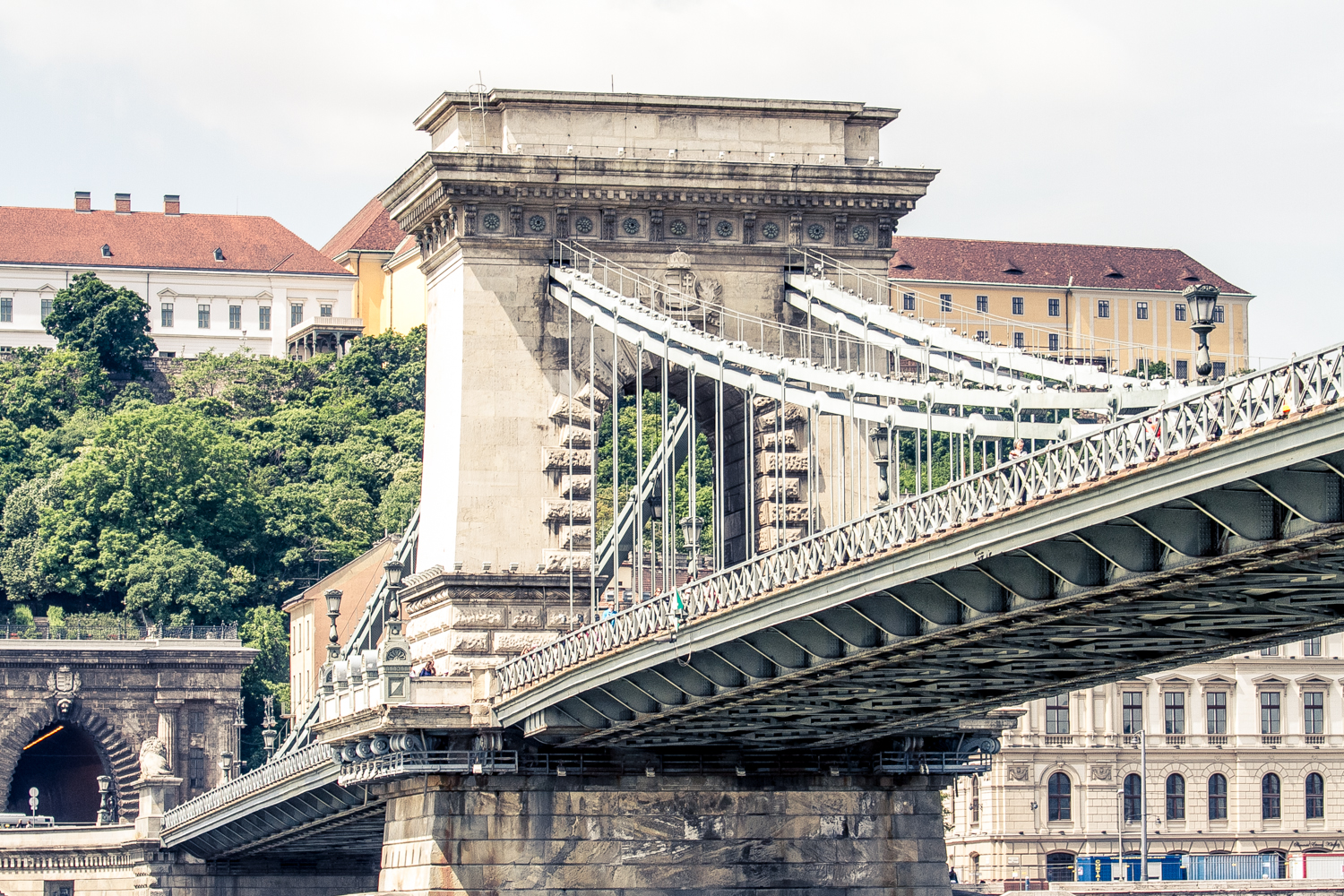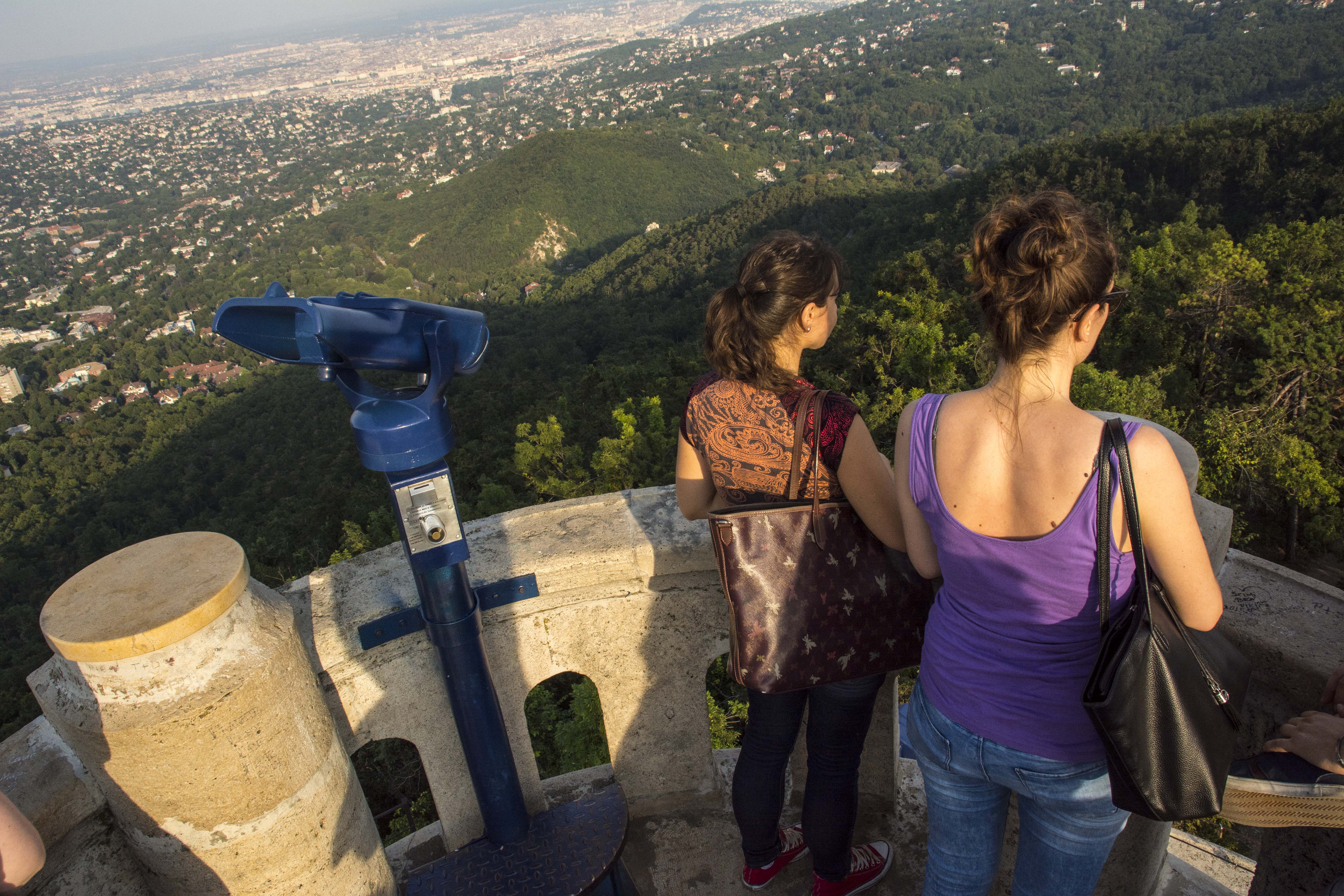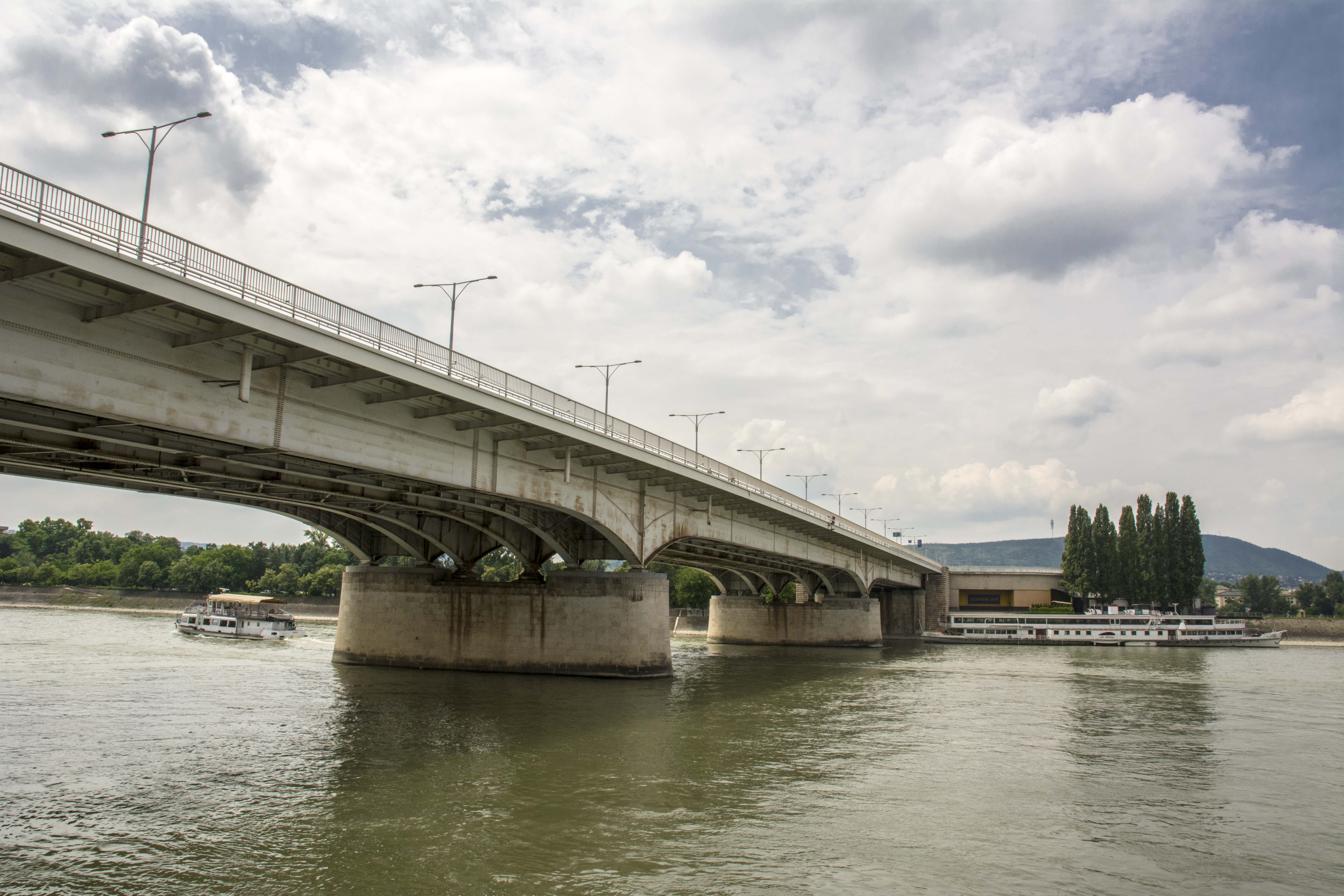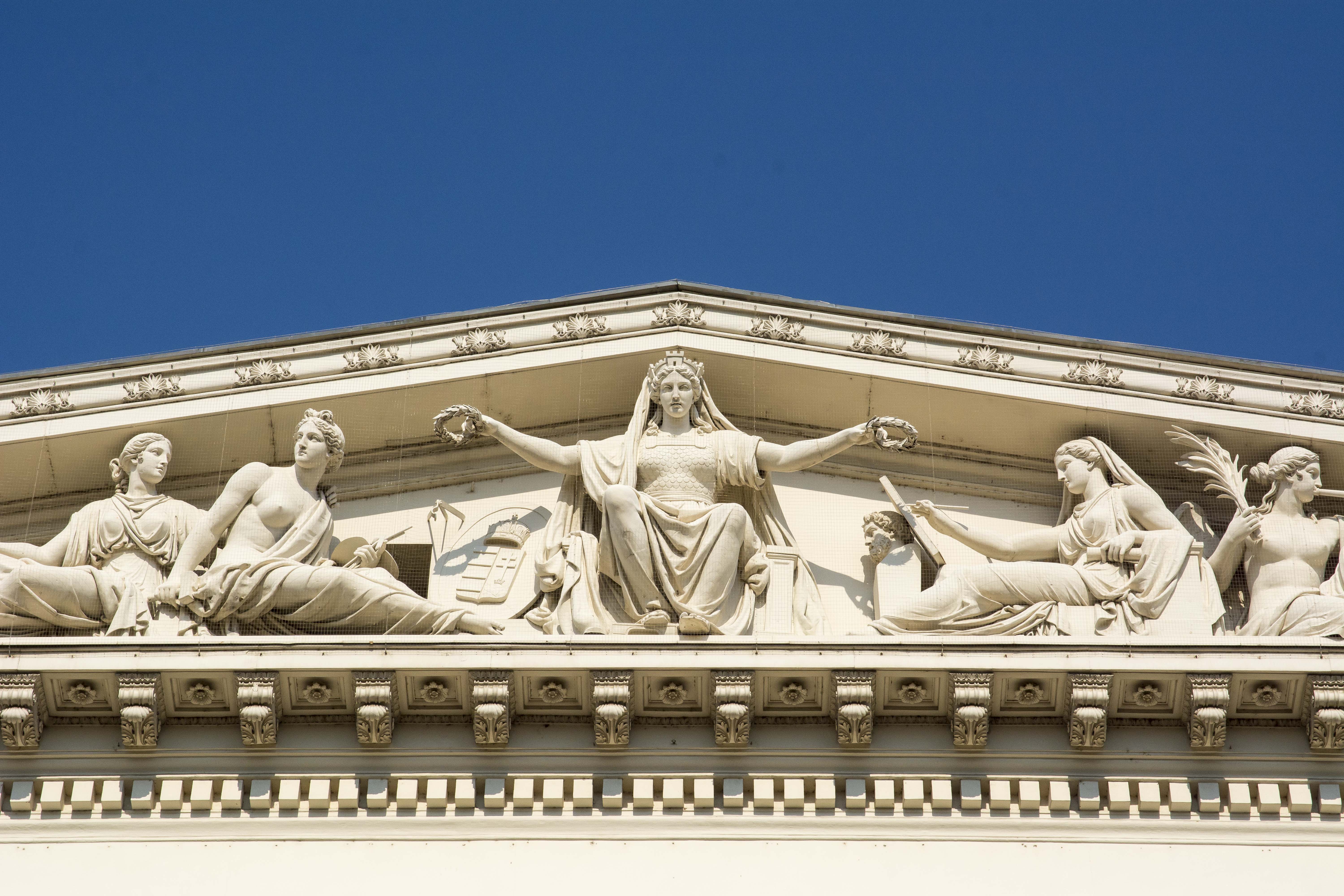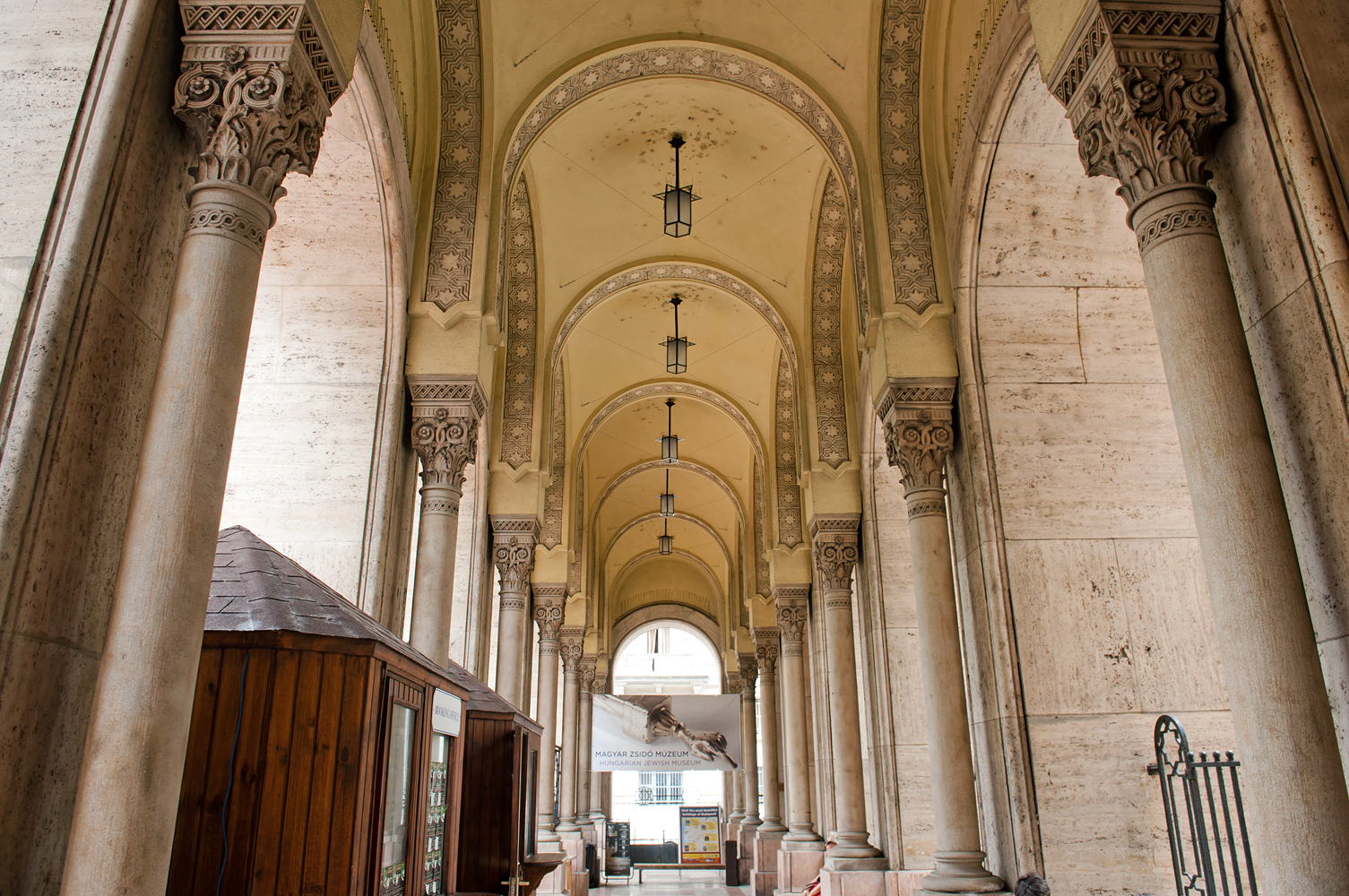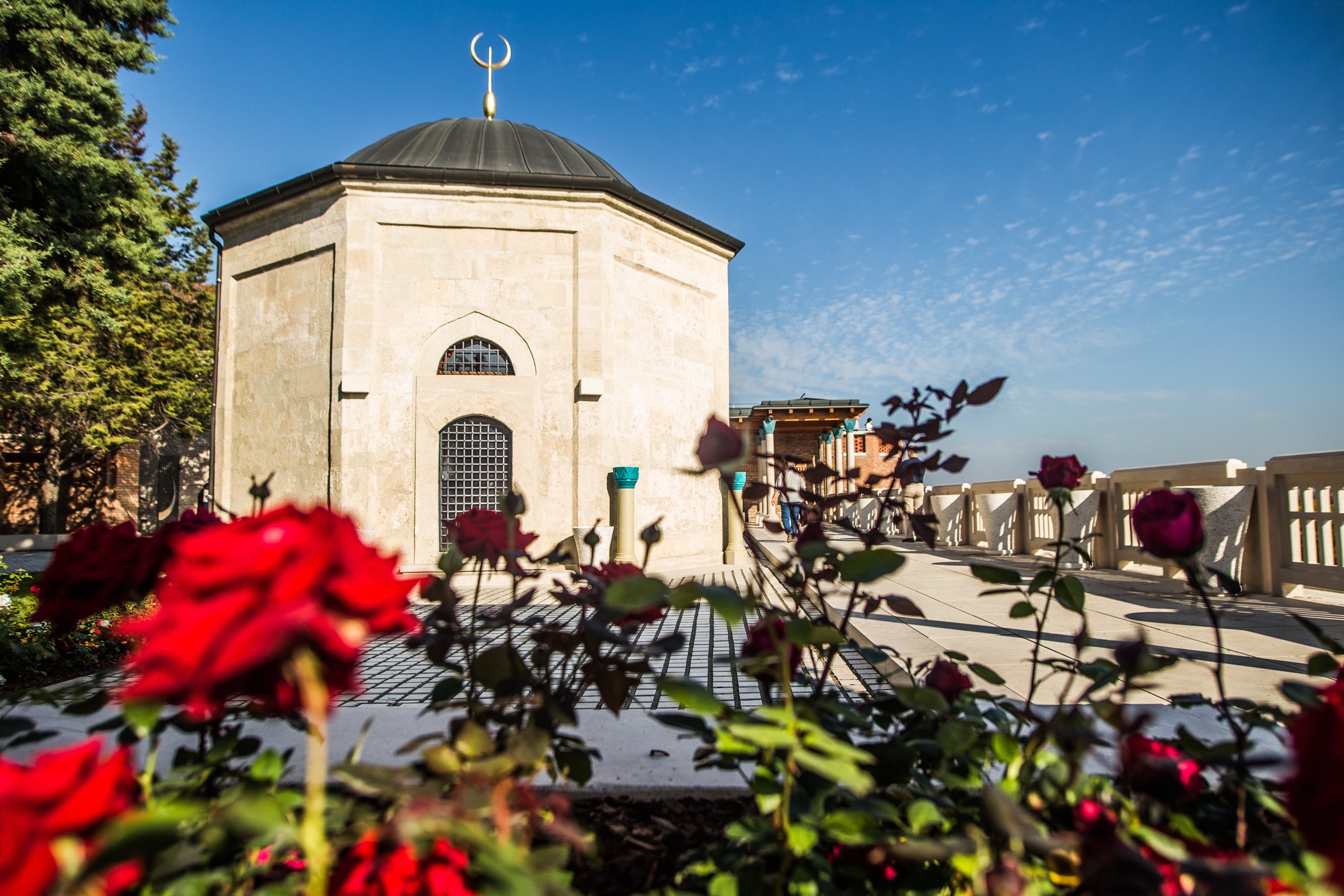Because of its size and population, Budapest is the number one city in Hungary. However, there are several other biggest, longest and oldest things in it that we might not even know about. If you want to know which pub opened first, or where the top of the Hungarian capital is, keep reading!
1/5
The lows and highs
The highest place in the city is Janos-hegy with its 529 meters over the sea-level. Back in the days, it was called Pozsonyi-hegy (Bratislava Mountain) because allegedly that’s how far your eyes can reach from the top.
The bottom of the city is, of course, the level of the Danube. It is located - under normal circumstances - approximately 96 meters above the sea level. The tallest among the city’s buildings is a telecommunication tower in Száva Street with its 154 meters into the sky. Currently it is used by Hungarian Telecom.
3/5
The Oldest
The ribbon on the Széchenyi lánchíd (Chain Bridge) was cut in 1849. Therefore, this is the oldest permanent bridge over the Danube. It’s also the least busy bridge in Budapest, since it’s not connected to any main roads.
Eötvös Lorand University (ELTE) is the oldest university with the biggest history both in Budapest and the whole country. It was founded in 1635 in a place called “Nagyszombat”, and it was moved to Buda only in 1777.
The first public museum that opened its gates in the Hungarian capital is the Hungarian National Museum. The construction of the building started in 1837 and was completed in 1848. The building became the symbol of the 1848-1849 Revolution.
Ruin pubs are very trendy in Budapest thanks to Szimpla. The bar, that opened in 2001, was more like a “normal” café at first, but it became really popular with the help of Szimpla Kert in 2002.
The oldest building in Budapest that is still standing is called the Vörös Sün Ház (Red Hedgehog House). It was built in 1260 and functioned as the first tavern of the Buda Castle. Also, the first theater performance of Buda was organized here.
Váci Street - one of the most well-known tourist destinations - was the first shopping street in Budapest. Back in 1690 it was called Lipot Street and it stratched into the Vaci Gate, the North exit of the city.
4/5
The biggest and the smallest
The Bazilika is the biggest church in Budapest. It was built here because hundreds of people survived the great flood of 1838 on this spot.
The synagog standing in Dohány Street - the former jewish district - is not only the biggest synagog in Budapest but it is the number one in Europe as well. Budapest has 23 districts. Among them the biggest is the 17th, covering 54,83km² that is roughly 25 times the size of the smallest 7th district that owns only 2.09km² of the city.
Those who want to attend the biggest parties in Budapest have two choices. A: They can visit Park, that is the biggest party place in the city with its 11 000m²; B: they can attend the biggest festival in Europe: Sziget.
“Faluház (Village house)” is the biggest appartement building in Budapest. The complex has 14 spearate blocks and about 3000 residents.
5/5
Gül
Close to Margaret Bridge there’s the Northernmost destination of the Muslim pilgrims: the Tomb of Gül baba, who came to Hungary as a companion of the Turkish invaders.
Budapest has a narrowest building too. The 6 meters and 20 centimeters “wide” house is located on the Buda side of the Elizabeth Bridge and can easily be spotted while crossing the Danube from Pest.
